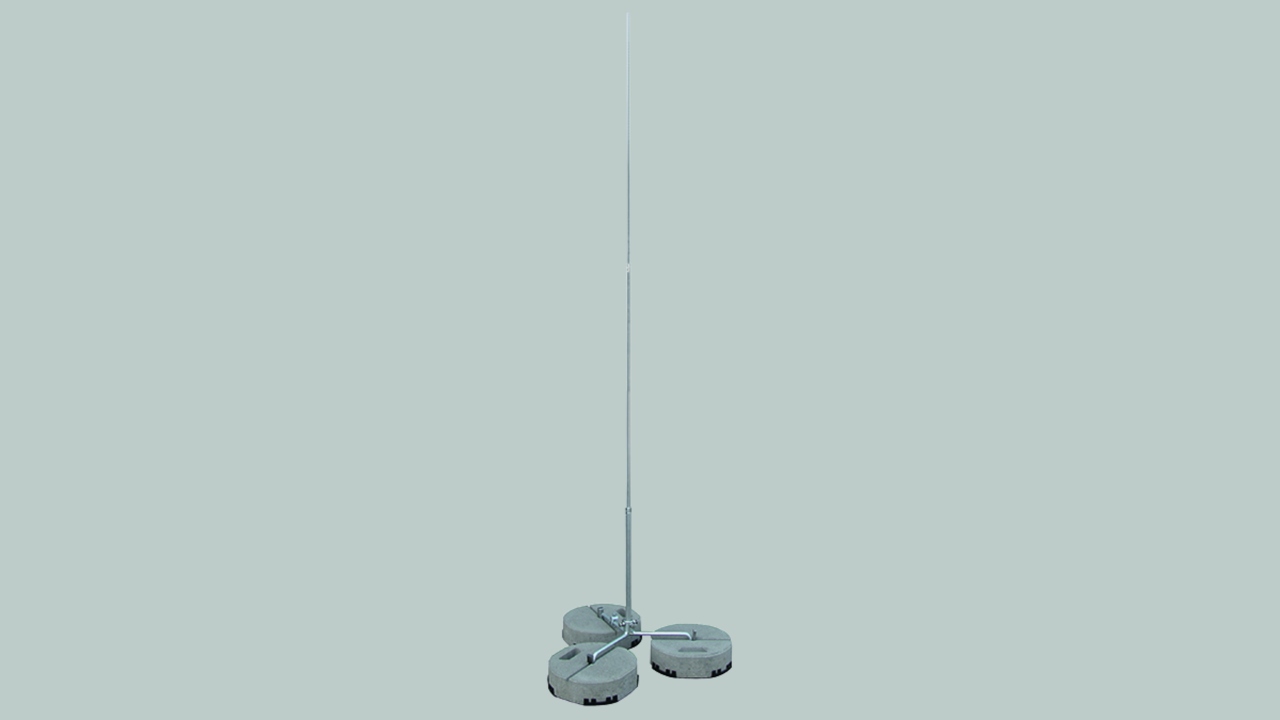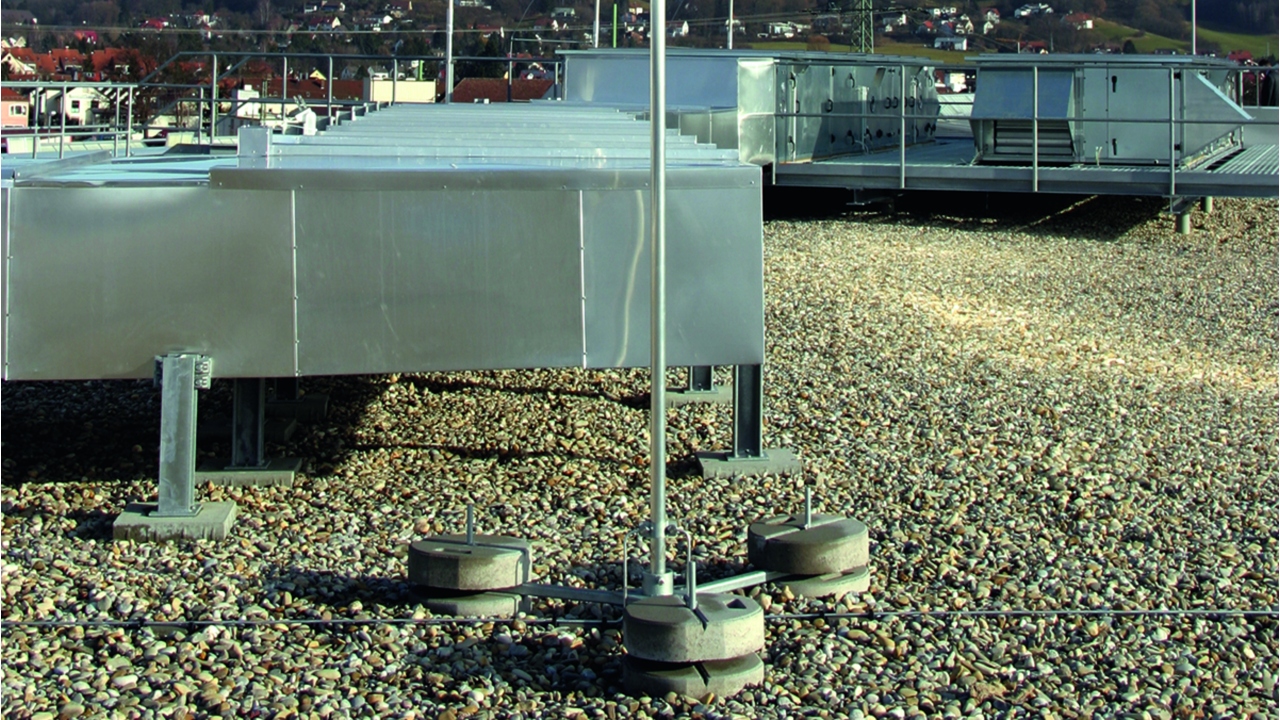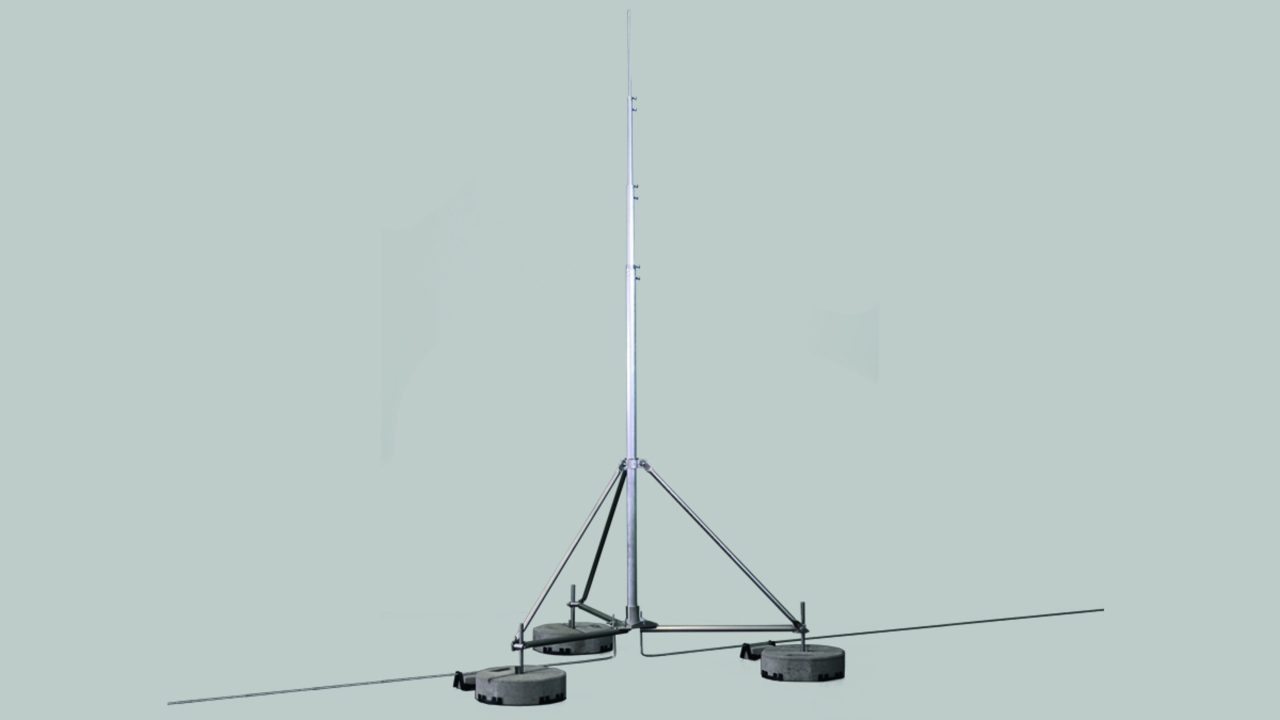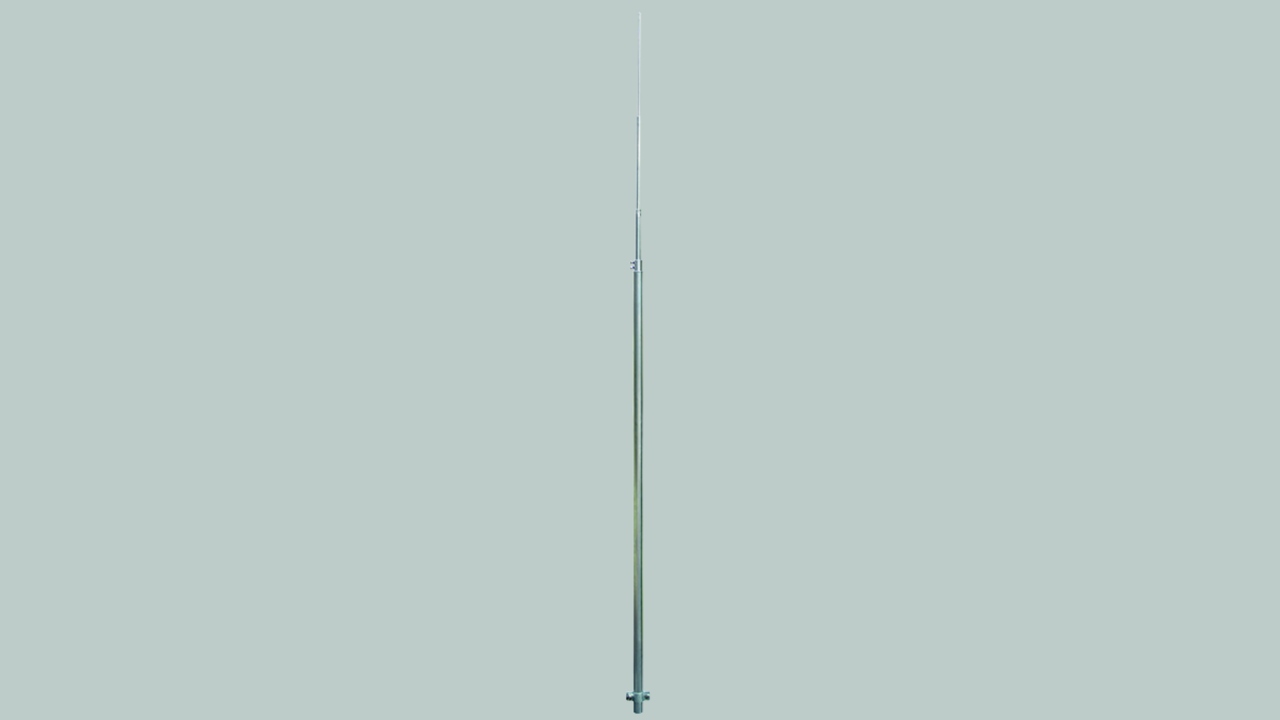Product Introduction
Protect photovoltaic systems from direct lightning strikes and transient overvoltages
Secure the availability of the PV system
Surge damage due to a thunderstorm is one of the most frequent causes of damage in PV systems
Surges often lead to the destruction of system parts such as modules, inverters and monitoring systems. The financial consequences are dire. Replacement of a faulty inverter, new installation of the PV system, loss of revenue resulting from downtime… all mean that the break-even point and thus the profit zone is reached much later.
Decide in favour of a professional and comprehensive lightning protection system
consisting of :
- External lightning protection with an air-termination and down conductor system
- Internal lightning protection with surge protection for lightning equipotential bonding,
In doing so, you increase system availability and secure your revenue in the long term.
Rooftop PV systems
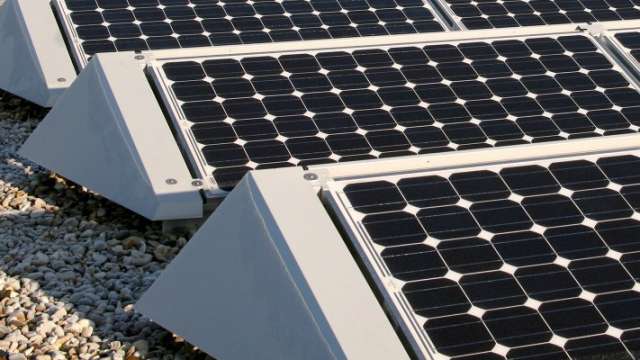
Professional planning with a concept
One of the most common forms of PV systems is the rooftop system. Due to its exposed position, it is particularly prone to damage caused by direct and indirect lightning effects.
Comprehensive protection is therefore required.
Take a look at some practical solutions for three different application scenarios:
- Buildings WITHOUT external lightning protection
- Buildings WITH external lightning protection AND sufficient separation distance
- Buildings WITH external lightning protection but WITHOUT sufficient separation distance
PV free-field systems and solar parks
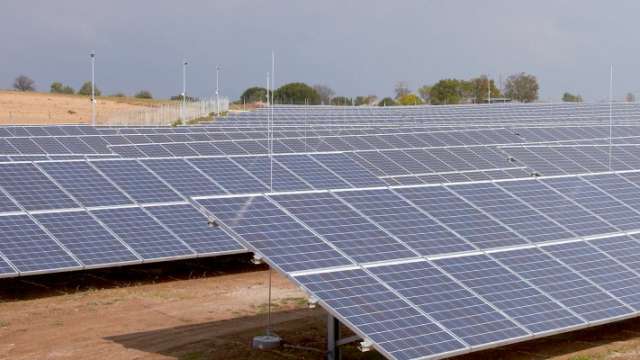
Protection against direct lightning strikes and transient overvoltage
A lightning protection system for free field systems and solar parks has two main goals:
- Protecting the power plant area from lightning-related damage
- Protecting the modules, inverters and monitoring systems from the effects of electromagnetic impulses.
Have a look at some possible configurations here for a "centralised configuration with central inverter" or the "distributed configuration with string inverter".
